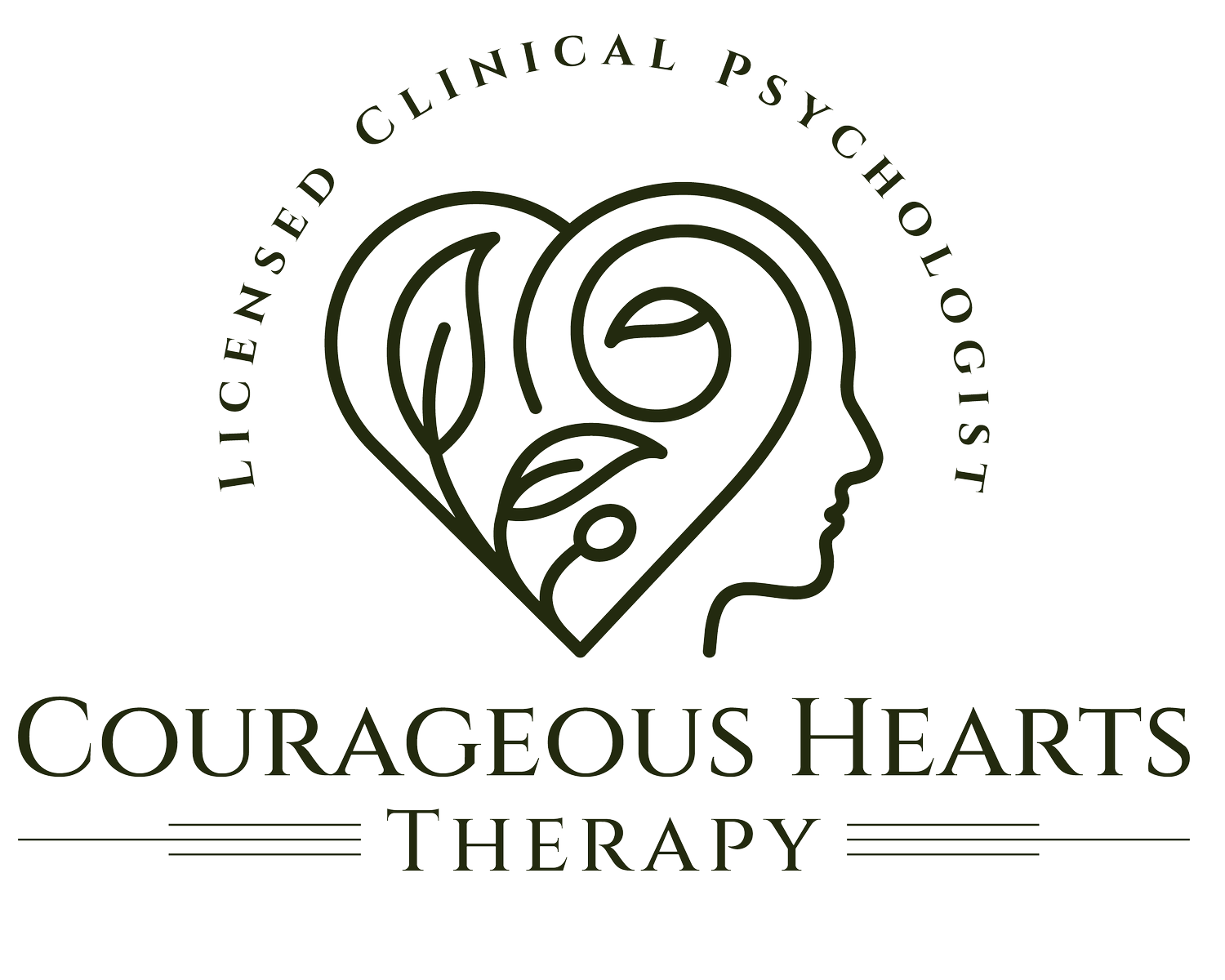From Shame to Pride: Using LGBTQ+ Pride as an Opposite Action
As a DBT (Dialectical Behavior Therapy) therapist, I’ve worked with many LGBTQ+ clients navigating the complex emotional terrain of identity, self-worth, and belonging. One emotion that comes up often—and understandably so—is shame.
Shame is a painful emotion that tells us something is fundamentally wrong with who we are. For LGBTQ+ individuals, shame often stems not from internal flaws but from external invalidation, rejection, or cultural messages that say, “You don’t belong.” And while shame can feel paralyzing, DBT offers a powerful skill to counteract it: Opposite Action.
What is Opposite Action?
In DBT, Opposite Action is the skill we use when our emotions—though real—don’t fit the facts or when acting on them isn't effective. If an emotion is keeping us stuck or leading us to self-sabotage, we act opposite to the emotion’s urge.
For shame, the natural urge is to hide, shrink, or stay silent. Opposite Action asks us to do the opposite: to step forward, speak up, and show ourselves.
And what better way to practice this than through LGBTQ+ Pride?
Pride as a Healing Practice
Pride isn’t just a parade or a flag—though those are beautiful, powerful symbols. Pride is a radical act of visibility and self-acceptance. It says: “I’m here, I’m valid, and I’m not going to disappear.”
When someone experiences LGBTQ+ Pride through the lens of Opposite Action, they’re not just celebrating—they’re healing. They’re challenging the internalized narratives of shame with lived experiences of openness, joy, and community.
Practicing Opposite Action with Pride
Here are some ways LGBTQ+ individuals—and allies—can use Pride as an intentional Opposite Action to shame:
Wear symbols of pride (rainbow pins, pronoun buttons, trans flags) even if it feels uncomfortable at first.
Speak openly about identity in safe spaces. Shame thrives in silence; pride grows in connection.
If possible, attend Pride events. Being surrounded by community can counter feelings of isolation.
Celebrate your story—whether that’s coming out, discovering your identity, or simply surviving in a world that hasn’t always made space for you.
Affirm others who are practicing Pride. When we lift each other up, we reinforce that there is no shame in who we are.
A Note on Safety
If being out or visible is unsafe, we adapt. Pride doesn’t have to be public to be powerful. Even wearing a rainbow bracelet under your sleeve or journaling affirmations can be acts of resistance to shame. Opposite Action is about moving toward what’s effective for you to create a life worth living.
Pride Every Day
June may be Pride Month, but for those healing from shame, Pride can be a daily practice. Each small act of authenticity is a step toward reclaiming your worth. Each expression of identity—however subtle—is a declaration: “I will not hide.”
